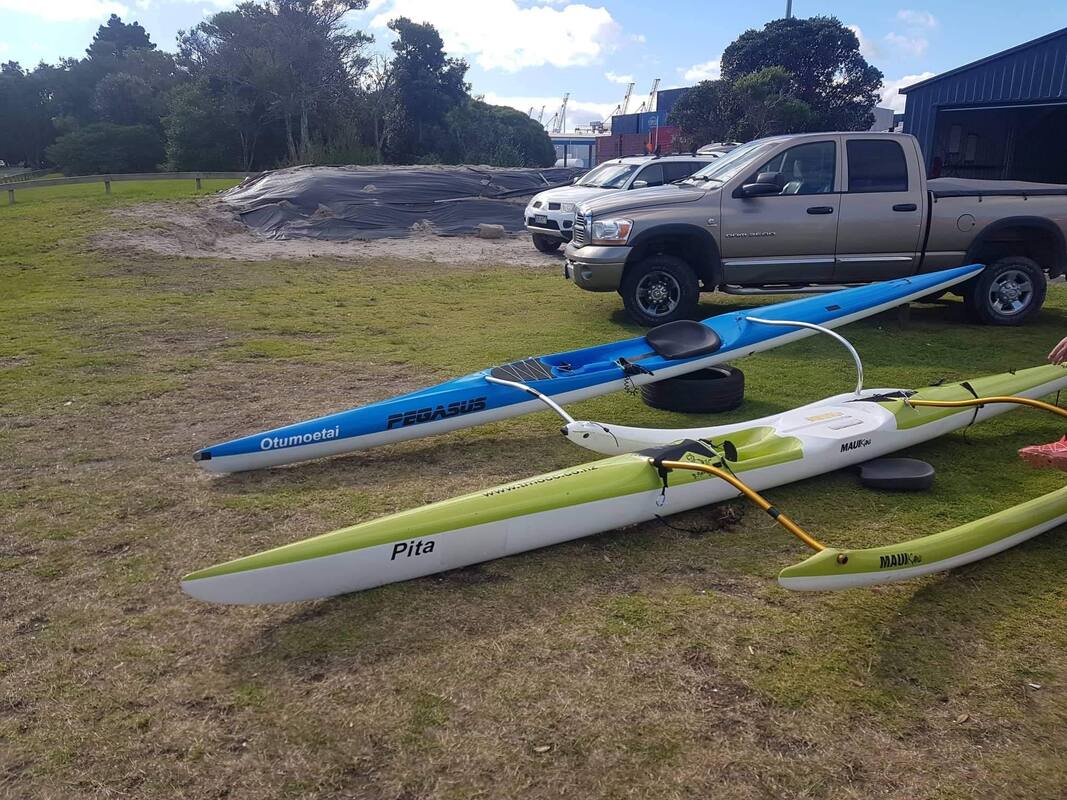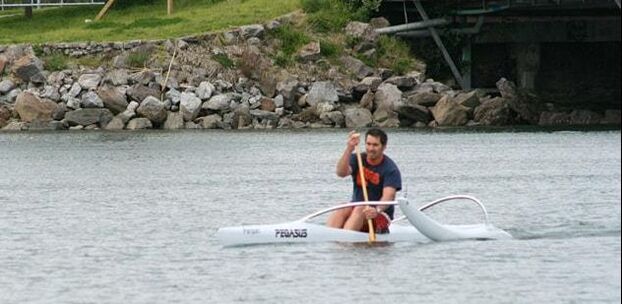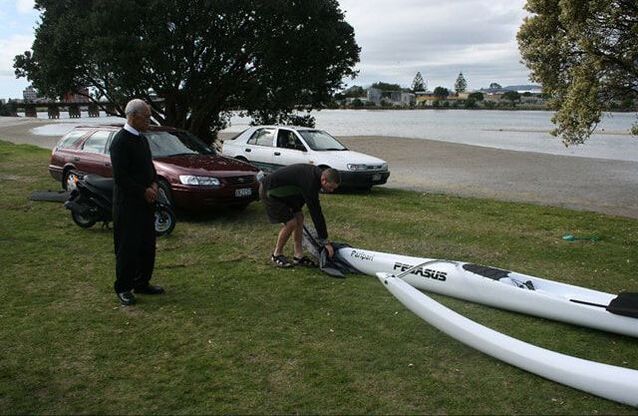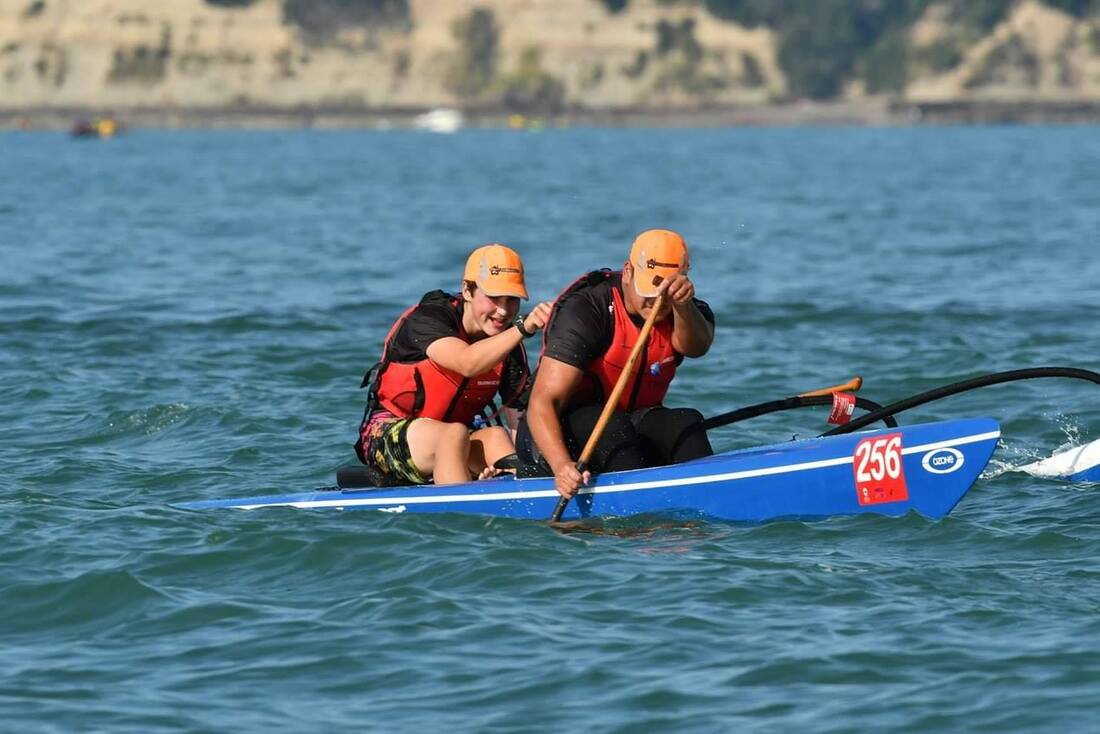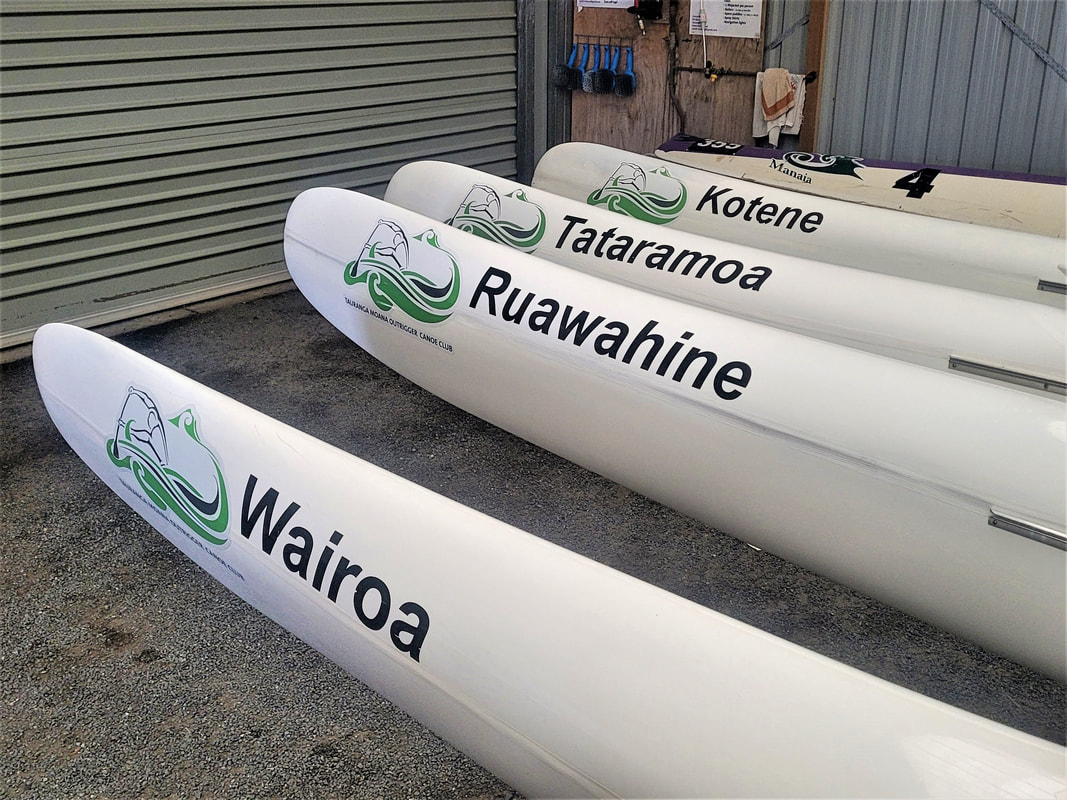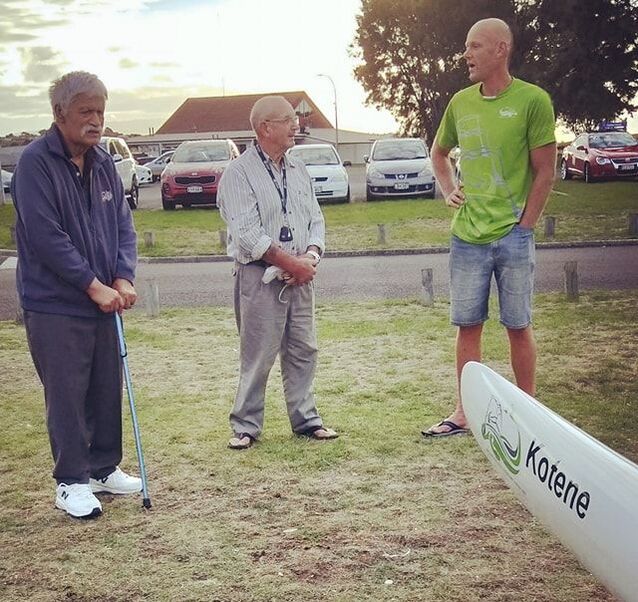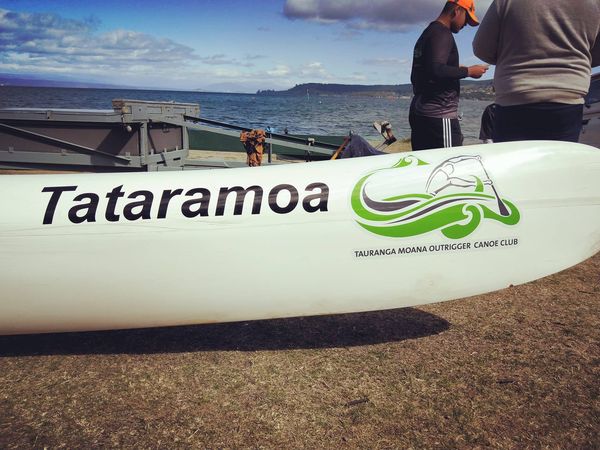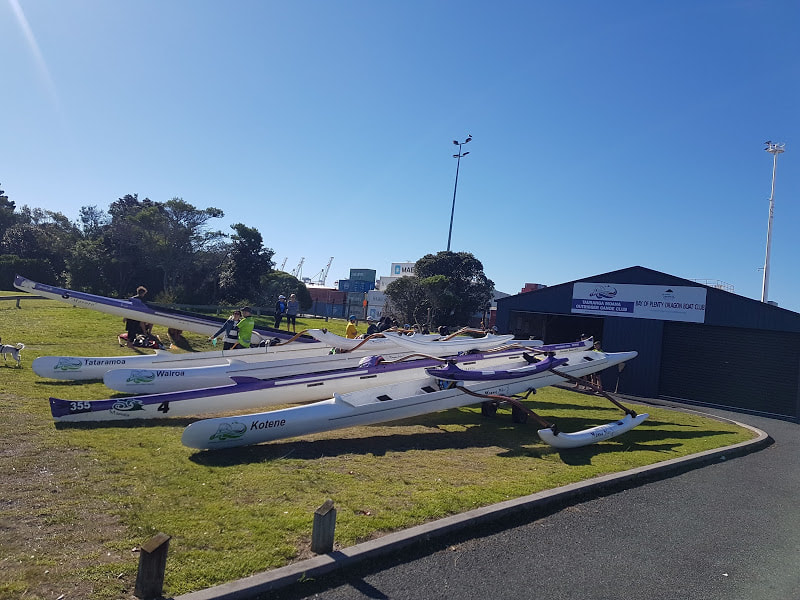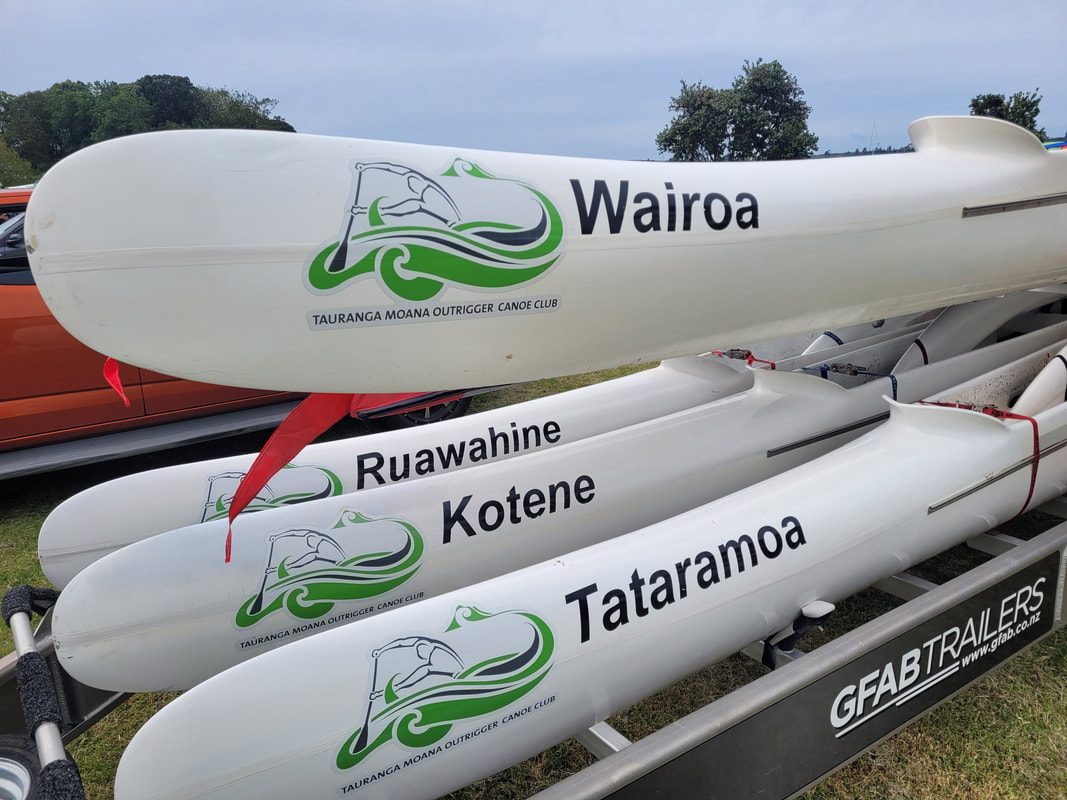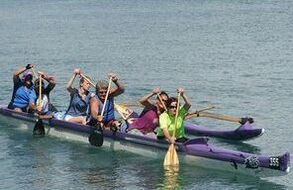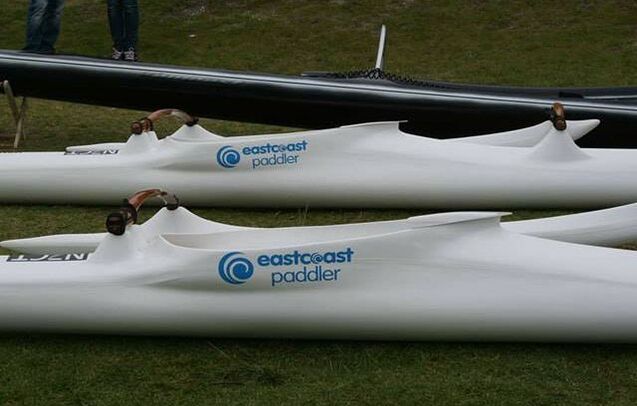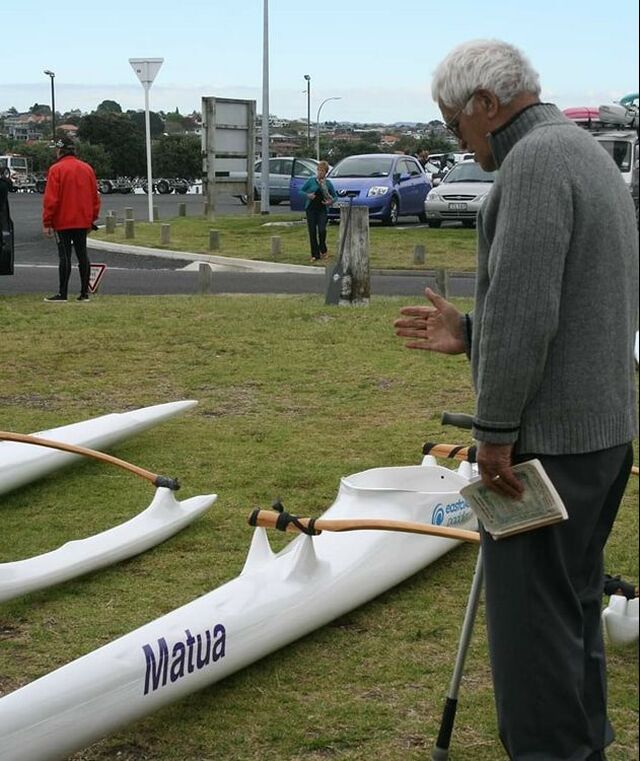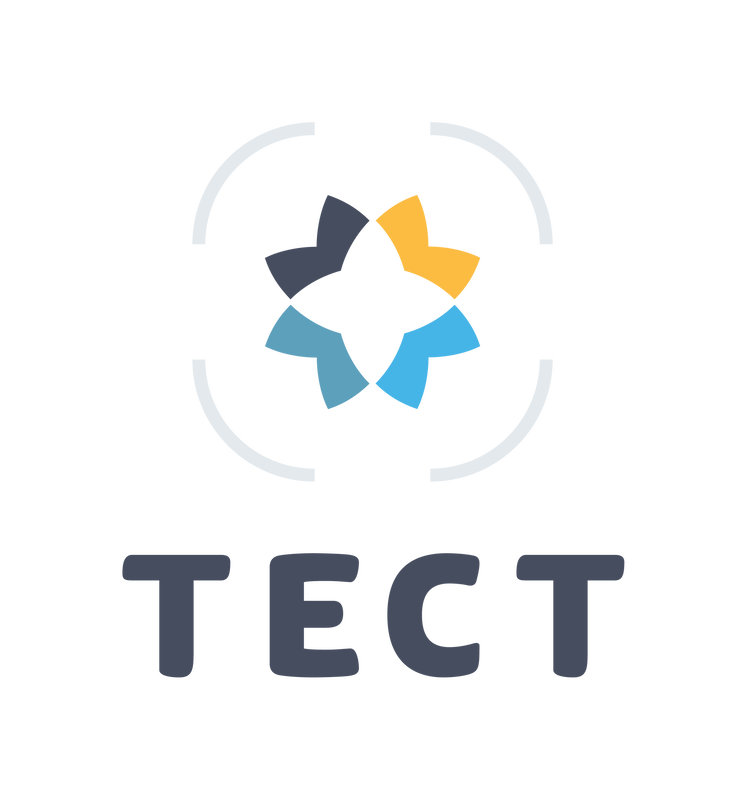"What the Waka?!"
Do you know the difference between your OC's and V's and W's? Do you just smile and nod when waka people speak in letters, and not full words? Here is a waka lesson that may help... though not guaranteed!
In Tahiti the sport of 'va'a' is an ancient practice and is today their national sport.
In Hawai'i, outrigger canoe, or 'hoe wa'a' is the official state sport and was once called the "Sport of Kings" where ancient Hawaiian kings and queens would enjoy regular races.
In the Cook Islands, 'oe vaka' is the term given to the sport of outrigger canoe racing.
Tahitian's paddle a rudderless canoe - Tahitian style
Hawaiian's paddle a ruddered canoe - Hawaiian style
Kiwis paddle what ever will make them look good on the water - Kiwi style!
Here's some ways to understand the acronyms used:
See you on the water, in your OC or V or W, or whatever makes you look good out there!
In Tahiti the sport of 'va'a' is an ancient practice and is today their national sport.
In Hawai'i, outrigger canoe, or 'hoe wa'a' is the official state sport and was once called the "Sport of Kings" where ancient Hawaiian kings and queens would enjoy regular races.
In the Cook Islands, 'oe vaka' is the term given to the sport of outrigger canoe racing.
Tahitian's paddle a rudderless canoe - Tahitian style
Hawaiian's paddle a ruddered canoe - Hawaiian style
Kiwis paddle what ever will make them look good on the water - Kiwi style!
Here's some ways to understand the acronyms used:
- V = Va'a (Rudderless). V6 (Va'a) is the same as a W6 (Waka). They are both rudderless and require a steerer.
- W = Waka - W1, W2, W4, W6. the number represents the number of people in the waka.
- OC = Outrigger Canoe - i.e. OC1. In Aotearoa, OC1's are rudderless, whereas a W1 has a rudder.
See you on the water, in your OC or V or W, or whatever makes you look good out there!
Waka Blessings
The launching and naming of a new waka is a significant occasion. Trees are the sacred children of the atua Tāne Mahuta (God of the Forest). Proprietary rites were always offered when trees were felled for the purpose of creating goods for use, whether carved tools, weapons, or waka.
The mauri (or life-force) remains in the natural 'product' and extends to the function of current tools and waka, even though now, most are not made from natural wood.
It is important that the naming ceremony, with appropriate karakia being offered in thanks, remains a significant element in the event of the launching of a new waka.
The mauri (or life-force) remains in the natural 'product' and extends to the function of current tools and waka, even though now, most are not made from natural wood.
It is important that the naming ceremony, with appropriate karakia being offered in thanks, remains a significant element in the event of the launching of a new waka.
TMOCC Waka Ingoa - Canoe Names
|
Pita and Ōtumoetai and Paripari W1 x 3
Pita: Gifted to the club in 2014 by Peter Cross, a past member. Ōtumoetai: Meaning the place where the tide stands still, as if asleep - sleeping tides. Paripari: Named after the sandspit on which Sulphur Point now resides, blessed on the 7th of September 2008. Pegasus. |
Atawhai and Te Papa W2 x 2 Tempest
Te Papa: The land on which downtown Tauranga now stands is the Te Papa Block, originally belonging to Ngai Tamarāwaho.
Atawhai: means kindness. Be kind to the moana (or body of water) you paddle on. Be kind to your waka, to your paddlers, to yourself. Be kind to waka ama.
Cheers to Chris for doing the blessing for us. This would have to be a first for us, to do a night blessing, but hey, everyone was there, so why not!
Te Papa: The land on which downtown Tauranga now stands is the Te Papa Block, originally belonging to Ngai Tamarāwaho.
Atawhai: means kindness. Be kind to the moana (or body of water) you paddle on. Be kind to your waka, to your paddlers, to yourself. Be kind to waka ama.
Cheers to Chris for doing the blessing for us. This would have to be a first for us, to do a night blessing, but hey, everyone was there, so why not!
|
Te Kaurere and Waikareao W2 x 2
Waikareao: means sparkling waters of the new day. An 8.2 urban loop boardwalk around Takitimu Drive, Chapel St, Ōtumoetai and Huria (Judea) suburbs. Te Kaurere: Unfortunately we are currently unable to find any information around the naming of this waka. It is not a known name from Tauranga Moana. We will work with Ngai Tamarāwaho on this. |
|
Mahimahi - W6 x 4
Kotene: Kotene Pihema was the founder of our club 30+ years ago, on the banks of the Wairoa River. Wairoa is the awa of Ngati Kahu, the local hapū to which Kotene has whakapapa. Wairoa: The Wairoa River feeds into Tauranga Moana Harbour, and was also the original base of the club for many years before moving across to Tauranga to be based at 85 Cross Road, Sulphur Point. Tataramoa: Named after a stream that entered the Waikareao Estuary and held mana for Ngai Tamarāwaho (the local hapū of the area) Morehu (deceased from Ngai Tamarāwaho ) and Bill Hiamoe suggested the name. Tataramoa was blessed on the 17th of October 2010. Ruawahine: Named for the sandbank at the entrance into the harbour between Mauao and Matakana Island. This is also the place where the Tainui waka ran aground. |
Manaia and Maroro W6 x 2 - 1993
Manaia: A mythological creature in Māori culture, usually depicted with the head of a bird, the body of a man and the tail of a fish. It is traditionally believed to be the messenger between the physical and spirit world.
Maroro or Te Maroro: The flying fish that jumps across the bow of the waka.
Both these Waka were built in 1993 and purchased by the club shortly after 1990 world sprints.
Manaia: A mythological creature in Māori culture, usually depicted with the head of a bird, the body of a man and the tail of a fish. It is traditionally believed to be the messenger between the physical and spirit world.
Maroro or Te Maroro: The flying fish that jumps across the bow of the waka.
Both these Waka were built in 1993 and purchased by the club shortly after 1990 world sprints.
